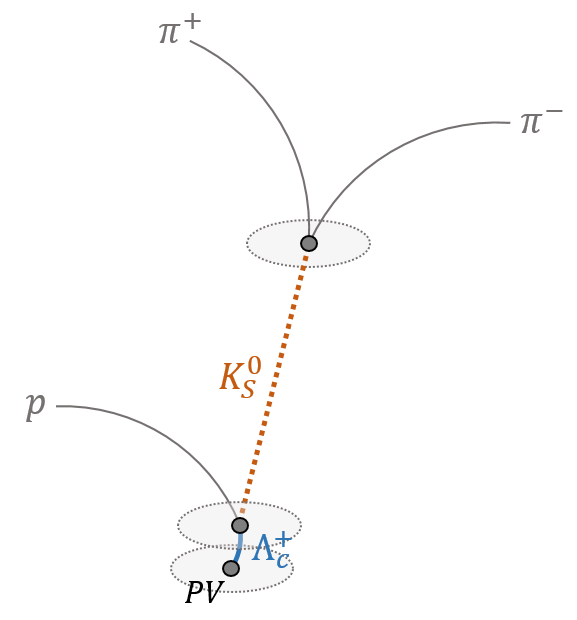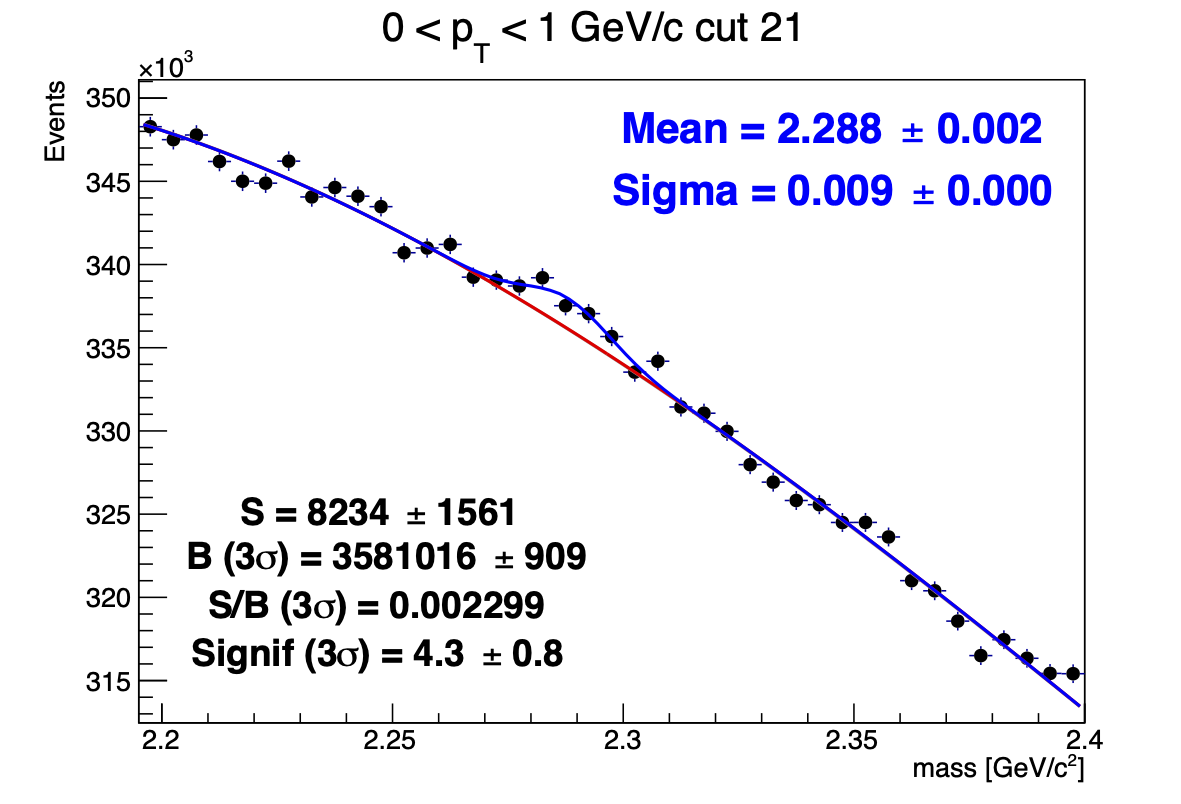ALICE Data Analysis
The quark-gluon plasma (QGP), which is expected to be created in heavy-ion collisions, only exists for a very short time before it expands and
cools down. Therefore, the only observables of the QGP state in heavy-ion collisions are the energy and the momentum
of the particles created in the collision, which are measured by the detector.
In our group we study the production of open heavy-flavour hadrons containing a heavy quark (charm or beauty),
which serve as unique probes of the QGP properties.
Due to their mass, which is large compared to the QCD scale factor, heavy quarks are produced in the initial hard scattering processes with large
momentum tranfer on a small generation time scale, which is smaller than the production time of the QGP. This leads to the fact that they
experience the whole evolution of the QGP, interacting strongly with the medium and losing energy while traversing it.
All these characteristics make heavy quarks unique probes to study and characterise the QGP, which is the main objective of our work.
An important mechanism, which is still not fully understood and which we address with our studies, is the process of hadronisation
(the formation of hadrons from quarks and gluons) in the presence of a QGP and without.
A major part of the physics analysis of ALICE data is the
In order to extract the interesting physics from the data, we


Tools for Data Analysis
For the data analysis procedure we are using the software ROOT
which was developed at CERN for particle physics data analysis.
Furthermore, we utilise machine learning algorithms in order to optimise the signal extraction in our data analyses. The minimal heavy ion physics environment for Machine Learning (hipe4ML) together with XGBoost is used for the binary or multiclass classification.
Further Information on Heavy-Flavour Analysis in ALICE
If you want to get a better idea of open-heavy-flavour hadron analysis in ALICE you can read into the following two papers:
Here you can also find all concluded analysis theses in our group. Individual theses can be used as sources of basic information and to get a general idea of our analysis work and its methods.
Contact Persons in the Group
Carolina Reetz (PhD student)
Contact at GSI: Andrea Dubla





